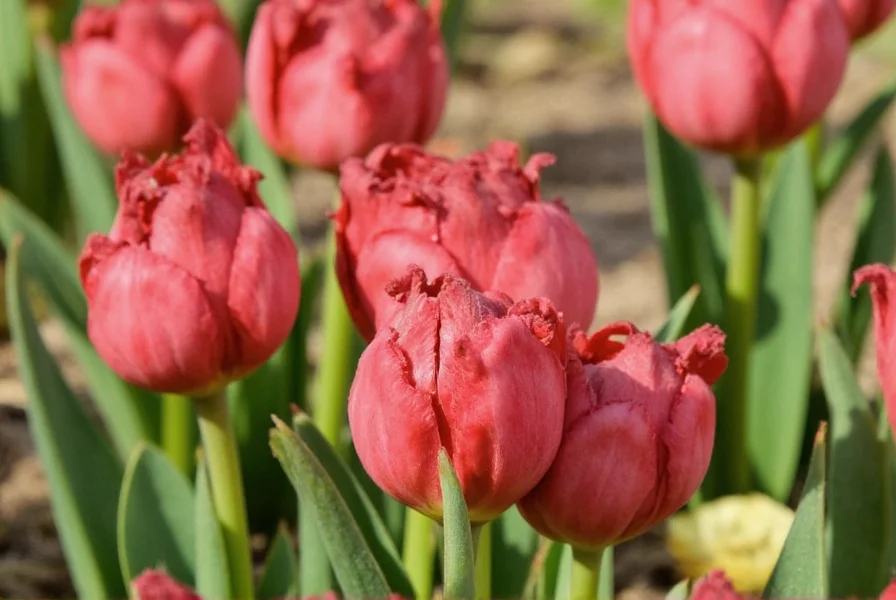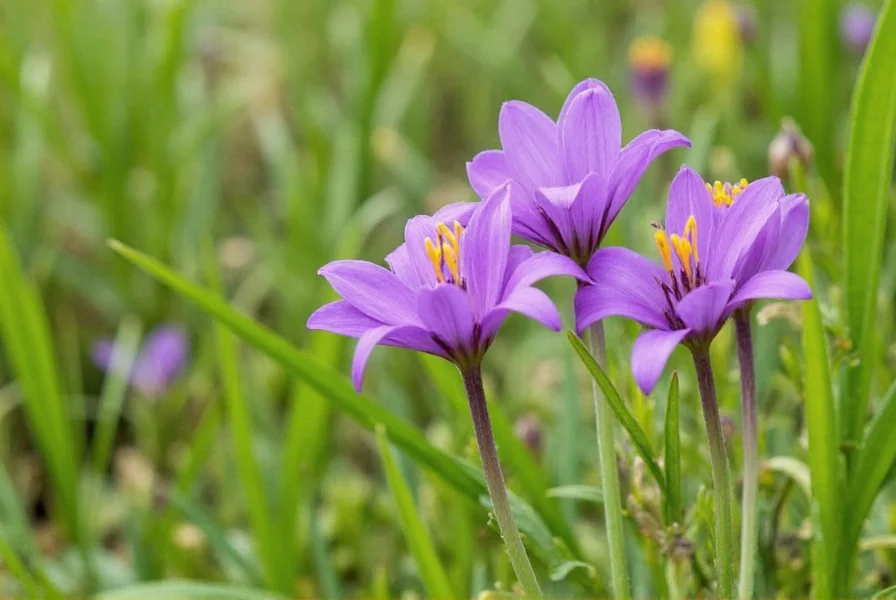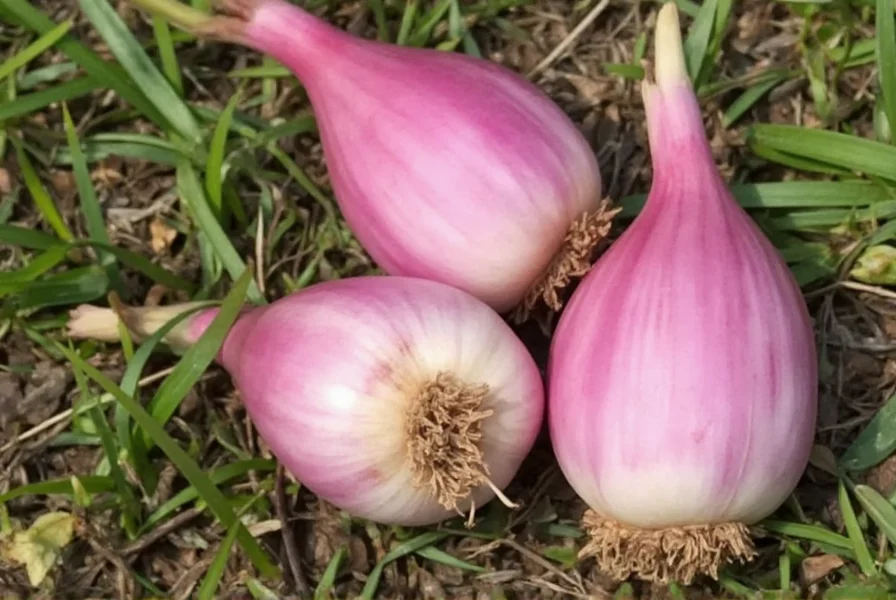Many gardeners searching for saffron bulb information encounter confusion due to botanical mislabeling. The term “saffron bulb” is commonly used in gardening circles, but technically incorrect. Understanding this distinction is crucial for successful cultivation.
Botanical Clarification: Corms vs. True Bulbs
Crocus sativus grows from corms, not true bulbs. While both serve as underground storage structures, they differ significantly:
| Feature | Corms (Saffron) | True Bulbs (Onions, Tulips) |
|---|---|---|
| Structure | Solid stem tissue | Layered fleshy scales |
| Growth Pattern | Replaces itself annually | Expands existing structure |
| Root System | Fibrous roots from base | Basal plate roots |
| Propagation | Cormels form around parent | Bulblets form between scales |
This distinction matters for gardeners because corms require different planting depth, spacing, and care than true bulbs. Misunderstanding this leads to poor saffron yields—a critical issue given saffron's status as the world's most expensive spice by weight.
Planting Saffron Corms: Essential Guidelines
For successful saffron crocus cultivation, follow these evidence-based practices:
Optimal Planting Timeframe
Plant saffron corms in mid-to-late summer (July-August in Northern Hemisphere) for autumn flowering. This timing aligns with the plant's natural dormancy cycle. Delayed planting reduces flower production significantly—a finding confirmed by agricultural studies from saffron-growing regions like Iran and Spain.
Proper Planting Technique
- Depth: Plant corms 15-20 cm deep in well-draining soil
- Spacing: Allow 10-15 cm between corms to prevent overcrowding
- Orientation: Position corms with the pointed end facing upward
- Soil: Use sandy-loam with pH 6-8; amend heavy soils with perlite

Growing Conditions for Maximum Yield
Saffron crocus thrives under specific conditions that mimic its native Mediterranean and Central Asian habitats:
Climate Requirements
Crocus sativus needs hot, dry summers for dormancy and cool, wet autumns for flowering. Regions with 4-6 months of summer drought followed by autumn rains produce the highest yields. Gardeners outside these climates can simulate conditions by withholding water during summer dormancy.
Water Management
Overwatering causes corm rot—the primary reason for failed saffron bulb planting attempts. Water only after planting, then resume when foliage appears in autumn. During summer dormancy, keep soil completely dry.
Harvesting Saffron: Timing and Technique
The delicate harvesting process determines saffron quality:
- Flowers open at dawn and close by midday—harvest must occur early
- Pick flowers by hand, avoiding damage to developing corms
- Remove three crimson stigmas from each flower immediately
- Dry stigmas within 12 hours to preserve flavor compounds

One pound of dried saffron requires approximately 75,000 flowers—explaining its high value. Proper saffron crocus care instructions can yield 10-15 flowers per corm in optimal conditions.
Common Cultivation Mistakes to Avoid
Based on agricultural extension data, these errors significantly reduce saffron production:
- Planting too shallow: Corms need 15-20 cm depth to regulate temperature
- Over-fertilizing: Excess nitrogen promotes foliage over flowers
- Ignoring crop rotation: Plant saffron in the same spot for no more than 3-5 years
- Misidentifying corms: Many suppliers sell fall-blooming crocus varieties that don't produce saffron
When sourcing saffron bulb suppliers, verify they provide genuine Crocus sativus—not the similar-looking but saffron-free Crocus speciosus. True saffron corms have a distinctive papery tunic and flattened shape.
Long-Term Saffron Garden Management
Unlike annual crops, saffron gardens can produce for 5-7 years with proper care. After the third year, dig up and separate corms during summer dormancy to prevent overcrowding. Replant the largest corms (2.5+ cm diameter) for maximum flowering—smaller corms need additional years to mature.
Understanding these saffron cultivation guide principles transforms gardening efforts from frustrating failures to rewarding harvests. The key lies in respecting the plant's unique biology as a corm-producing species rather than treating it like conventional bulb flowers.
Are saffron bulbs actually bulbs?
No, saffron comes from corms, not true bulbs. Crocus sativus grows from corms—solid underground storage structures that differ botanically from layered true bulbs like onions or tulips. This distinction affects planting depth, spacing, and care requirements.
When should I plant saffron corms?
Plant saffron corms in mid-to-late summer (July-August in the Northern Hemisphere). This timing aligns with their natural dormancy cycle and ensures flowering in autumn. Delayed planting reduces flower production significantly.
How deep should saffron corms be planted?
Plant saffron corms 15-20 cm (6-8 inches) deep in well-draining soil. Proper depth protects corms from temperature fluctuations and encourages stronger root development. Shallow planting often leads to poor flowering and corm damage.
Why isn't my saffron crocus flowering?
Common reasons include: planting too shallow, overwatering during summer dormancy, insufficient summer heat for proper dormancy, or purchasing non-saffron crocus varieties. Genuine Crocus sativus requires specific growing conditions to flower reliably.
How many years do saffron corms produce flowers?
A well-maintained saffron garden typically produces for 5-7 years. After the third year, dig up and separate corms during summer dormancy. Replant only the largest corms (2.5+ cm diameter) as smaller corms need additional time to mature before flowering.











 浙公网安备
33010002000092号
浙公网安备
33010002000092号 浙B2-20120091-4
浙B2-20120091-4